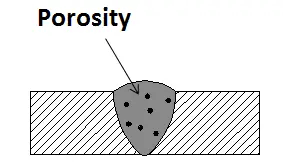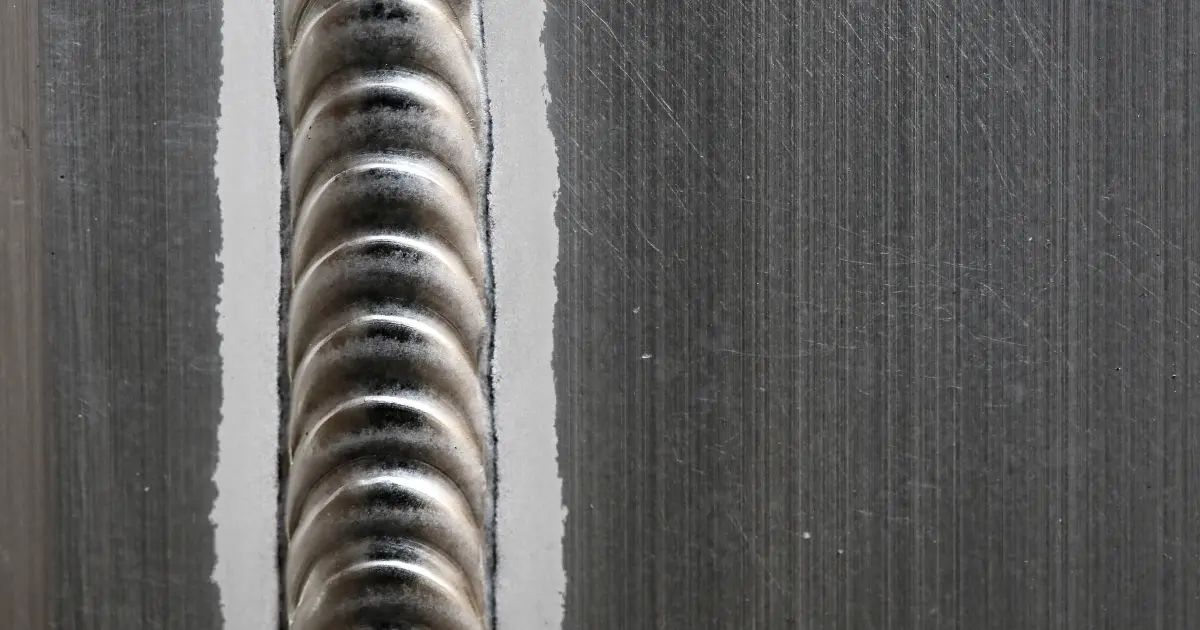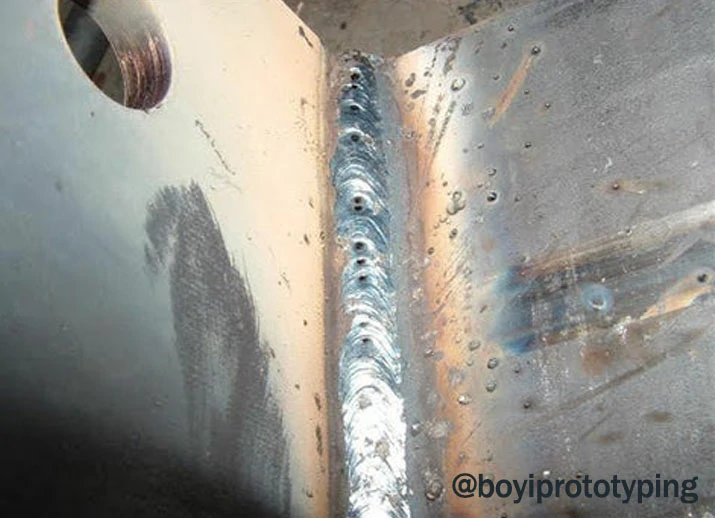What is Porosity in Welding: Common Sources and Effective Remedies
What is Porosity in Welding: Common Sources and Effective Remedies
Blog Article
The Science Behind Porosity: A Comprehensive Guide for Welders and Fabricators
Comprehending the complex devices behind porosity in welding is vital for welders and fabricators making every effort for flawless craftsmanship. From the structure of the base materials to the details of the welding process itself, a multitude of variables conspire to either exacerbate or reduce the existence of porosity.
Understanding Porosity in Welding
FIRST SENTENCE:
Evaluation of porosity in welding exposes critical insights right into the integrity and top quality of the weld joint. Porosity, characterized by the visibility of cavities or voids within the weld metal, is an usual problem in welding processes. These spaces, if not effectively resolved, can compromise the structural stability and mechanical residential properties of the weld, leading to potential failings in the finished item.

To spot and evaluate porosity, non-destructive testing approaches such as ultrasonic screening or X-ray assessment are often utilized. These methods allow for the identification of interior defects without jeopardizing the integrity of the weld. By assessing the dimension, form, and circulation of porosity within a weld, welders can make enlightened choices to enhance their welding processes and accomplish sounder weld joints.

Factors Influencing Porosity Formation
The incident of porosity in welding is influenced by a myriad of aspects, varying from gas shielding performance to the intricacies of welding criterion setups. One crucial element contributing to porosity formation is poor gas securing. When the protecting gas, typically argon or carbon dioxide, is not efficiently covering the weld swimming pool, climatic gases like oxygen and nitrogen can contaminate the liquified metal, causing porosity. In addition, the cleanliness of the base products plays a significant role. Pollutants such as corrosion, oil, or moisture can vaporize during welding, creating gas pockets within the weld. Welding criteria, consisting of voltage, existing, take a trip rate, and electrode kind, likewise impact porosity formation. Utilizing improper settings can generate extreme spatter or warm input, which consequently can result in porosity. Furthermore, the welding technique utilized, such as gas steel arc welding (GMAW) or shielded metal arc welding (SMAW), can affect porosity formation because of variations in warmth circulation and gas coverage. Recognizing and managing these elements are necessary for reducing porosity in welding operations.
Results of Porosity on Weld High Quality
The presence of porosity likewise weakens the weld's resistance to rust, article as the caught air or gases within the spaces can respond with the surrounding atmosphere, leading to deterioration over time. Additionally, porosity can hinder the weld's capacity to withstand stress or impact, more threatening the general top quality and integrity of the bonded framework. In vital applications such as aerospace, auto, or architectural building and constructions, where safety and security and longevity are critical, the harmful impacts of porosity Go Here on weld top quality can have extreme repercussions, emphasizing the importance of reducing porosity via proper welding strategies and treatments.
Techniques to Decrease Porosity
Furthermore, using the appropriate welding specifications, such as the appropriate voltage, existing, and travel rate, is important in avoiding porosity. Keeping a consistent arc size and angle throughout welding additionally assists lower the probability of porosity.

Utilizing the ideal welding official source method, such as back-stepping or using a weaving motion, can likewise assist distribute warmth equally and reduce the possibilities of porosity development. By executing these methods, welders can properly lessen porosity and produce premium welded joints.

Advanced Solutions for Porosity Control
Executing advanced modern technologies and ingenious approaches plays an essential duty in accomplishing superior control over porosity in welding procedures. Additionally, employing innovative welding strategies such as pulsed MIG welding or changed ambience welding can also assist mitigate porosity issues.
One more advanced service includes using innovative welding equipment. As an example, using equipment with integrated attributes like waveform control and sophisticated source of power can improve weld high quality and decrease porosity dangers. The implementation of automated welding systems with specific control over criteria can substantially decrease porosity defects.
Additionally, including sophisticated surveillance and inspection technologies such as real-time X-ray imaging or automated ultrasonic screening can help in spotting porosity early in the welding procedure, permitting instant restorative actions. In general, incorporating these innovative options can significantly boost porosity control and boost the overall high quality of welded components.
Conclusion
In final thought, recognizing the scientific research behind porosity in welding is crucial for welders and fabricators to produce premium welds - What is Porosity. Advanced options for porosity control can further boost the welding process and guarantee a strong and trustworthy weld.
Report this page